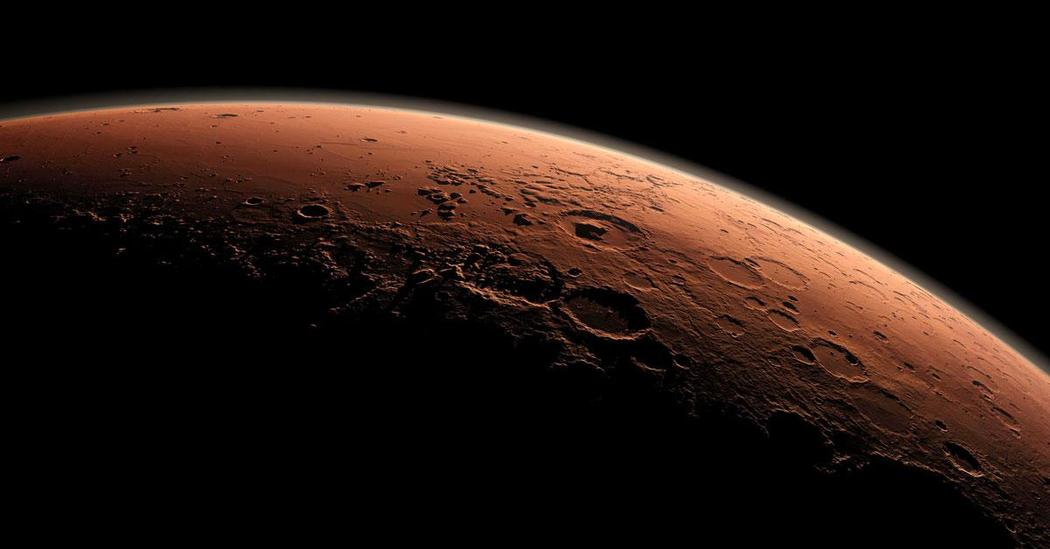Scientists have discovered boron on Mars, which supports the theory that the red planet may have been habitable
RNA (ribonucleic acid) can be found in all modern life; however, scientists have long hypothesized an “RNA World,” in which the first proto-life was made of individual RNA strands that both contained genetic information that had the possibility of copying itself.
A sugar named ribose is the key ingredient of RNA. However, sugars are unstable and decompose fast in water; that’s why they need another element to stabilize them. This is where boron comes in; when dissolved in water, and becomes borate, it will react with the ribose and stabilize it for long enough to make RNA.
“Because borates may play an important role in making RNA – one of the building blocks of life – finding boron on Mars further opens the possibility that life could have once arisen on the planet,” said Patrick Gasda, a postdoctoral researcher at Los Alamos National Laboratory in the US. “We detected borates in a crater on Mars that’s 3.8 billion years old, younger than the likely formation of life on Earth,” said Gasda.
“Essentially, this tells us that the conditions from which life could have potentially grown may have existed on ancient Mars, independent from Earth,” he said.
The boron that was discovered on Mars was found in calcium sulfate mineral veins, which means that the boron was present in Mars groundwater, providing further indication that some of the groundwater in Gale Cater was habitable, ranging between 0-60 degrees Celsius and with neutral-to-alkaline pH.
The boron was found by the rover’s laser-shooting ChemCam (Chemistry and Camera) instrument.
Source: indianexpress.com




